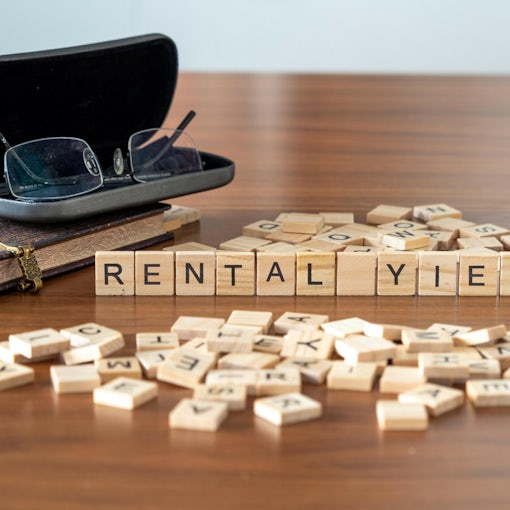Increased demand for rental property means there is an urgent need for landlords and tenants to develop and maintain an accurate inventory, according to letting agents.
The Association of Residential Lettings Agents (ARLA) says that the sharp rise in demand for rental property in recent years, as highlighted in the latest English Housing Survey 2011-2012, means that the upkeep of rental accommodation now requires increased attention.
Rising Demand – Importance of Detailed Inventories
Figures from the survey show that the number of families privately renting their home has risen to its highest level since the 1960s with 3.8million living in homes owned by a landlord. By contrast, the number of homeowners in England has dropped to its lowest level for nearly a quarter of a century, representing just 65 per cent of the overall housing market.
Ian Potter of ARLA said: “Increasingly, would-be buyers unable to get onto the housing ladder due to financial constraints are looking to the Private Rented Sector to provide long-term renting solutions.
“Property deterioration during full time occupancy will only intensify as the demand for rental accommodation continues to rise. Creating an inventory that is agreed between the landlord and the tenant, and evidenced, can help to clarify situations where items get damaged, lost or stolen.
ARLA’s Recommendations – Effective Inventory Tips
“We would encourage anyone thinking about moving into rented accommodation to speak with a local ARLA member agent who will be able to advise on how to compile an effective inventory.”
ARLA has created the following tips for prospective tenants looking to move into a new rented property:
1. Clarify responsibility for items: Study the tenancy agreement drawn up by the landlord or letting agent in detail to make sure all tenants are aware of who is responsible for the overall upkeep of the property and the items held within it. It could be that this is shared evenly between tenants or held by one individual tenant. In cases where there is high turnover of tenants, it is important that this is clarified between the agent, occupants and landlord.
2. Document items within the property: It is important to record, in detail, the state of the property prior to moving in to cover yourself and other occupants should you get asked to pay for any damages for fittings and furnishings. The most comprehensive way of doing this is to order items according to room type so both you and the landlord can build up an accurate inventory in known locations throughout the property.
3. Be concise in your descriptions: The aim of the inventory is to be easily accessible so that items can be sourced quickly on the list. Making an adequate description of each item and its condition is advisable, avoiding vague language, keeping it brief and factual.
4. Take photo evidence: Taking images of the property before moving in can help to clarify responsibility if challenged by the agent or landlord. These should be shared and agreed with the agent and landlord and kept on file throughout the tenancy.
5. Use an APIP member: The Association of Professional Inventory Providers (APIP) offers a recognised standard of inventory provision, advice and guidance. Letting agents who are members of APIP have been through a training process and have passed an assessment to demonstrate their abilities in drawing up an inventory and conducting the check in and check out. In addition the fully qualified member of APIP will have their name and membership number included in the inventory.
Article courtesy of Property Investor Today






